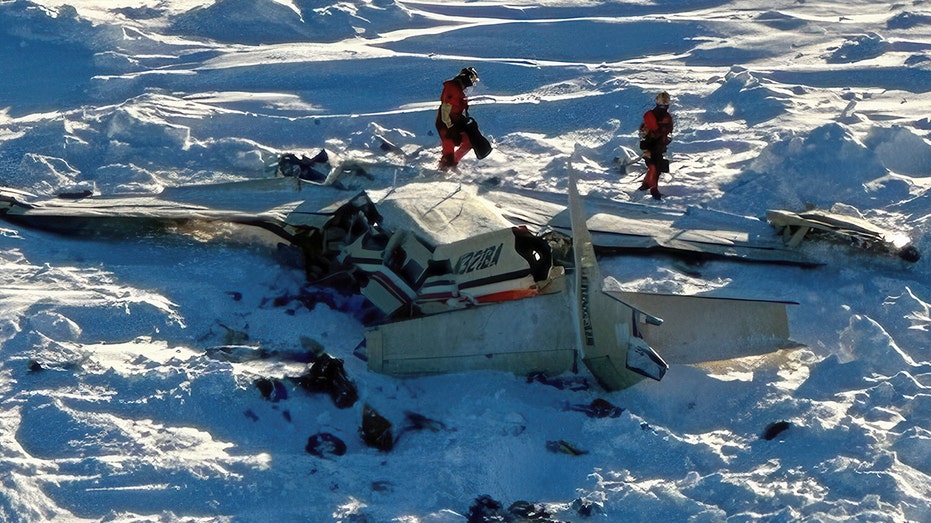Alaska Plane Crash That Claimed 10 Lives Was Overloaded by 1,000 Pounds, NTSB Reveals

Sarah Johnson
March 20, 2025
Brief
An NTSB report reveals that excessive weight played a major role in the fatal Alaska plane crash that killed 10, highlighting crucial aviation safety concerns in icy conditions.
A tragic plane crash in Alaska that claimed the lives of 10 people earlier this year was caused, in part, by the aircraft being more than 1,000 pounds over its maximum weight limit for icy conditions, a preliminary report from the National Transportation Safety Board (NTSB) has revealed.
The Bering Air commuter flight was en route from Unalakleet to Nome on February 6 when it disappeared. Days later, the wreckage was discovered by the U.S. Coast Guard, scattered across sea ice approximately 30 miles southeast of Nome. The NTSB’s findings paint a chilling picture of what went wrong.
According to the report, an examination of the airplane’s contents showed that baggage and cargo alone weighed nearly 800 pounds. Combined with other factors, the plane's total weight at takeoff was estimated at 9,865 pounds—well above the maximum allowable weight of 8,807 pounds for flights in known or forecast icy conditions. Even under the plane's extended weight allowance of 9,062 pounds for other operations, it was still more than 800 pounds over the limit.
The plane, a Textron Aviation 208B, was equipped with a TKS ice protection system designed to prevent ice buildup on critical surfaces like the wings and windshield. However, the plane's excessive weight likely compromised its ability to handle icy conditions, a factor that could have contributed to its deadly descent. The final satellite data recorded the plane at an altitude of only 200 feet before it disappeared.
The NTSB report also detailed the pilot's experience, noting that he had accumulated approximately 2,500 flight hours, including 1,060 hours in this specific aircraft model. Despite this, the dangers posed by the overloaded plane and the harsh weather conditions were insurmountable.
Among the victims were pilot Chad Antill, 34, of Nome, and passengers Rhone Baumgartner, 46, and Kameron Hartvigson, 41, who had been working on a heat recovery system for Unalakleet’s water plant. The crash also claimed the lives of Liane Ryan, 52, Donnell Erickson, 58, Andrew Gonzalez, 30, Jadee Moncur, 52, Ian Hofmann, 45, Talaluk Katchatag, 34, and Carol Mooers, 48. The tragedy has left a deep scar on the communities of Nome, Unalakleet, and beyond.
The NTSB plans to conduct a detailed review of the aircraft’s performance and weight distribution as part of its ongoing investigation. For now, the findings highlight the critical importance of adhering to weight restrictions in aviation, especially in Alaska’s notoriously unforgiving weather conditions.
Topics
Editor's Comments
This is one of those stories that makes you shake your head in disbelief. How does a plane get cleared to take off when it's over a literal ton heavier than it should be? It's not a suggestion; it's the law of physics. And while the icy Alaskan skies are no joke, the fact that improper weight management played a role here feels like a completely avoidable tragedy. Let this be a grim reminder that safety protocols exist for a reason—ignoring them can cost lives.
Like this article? Share it with your friends!
If you find this article interesting, feel free to share it with your friends!
Thank you for your support! Sharing is the greatest encouragement for us.



